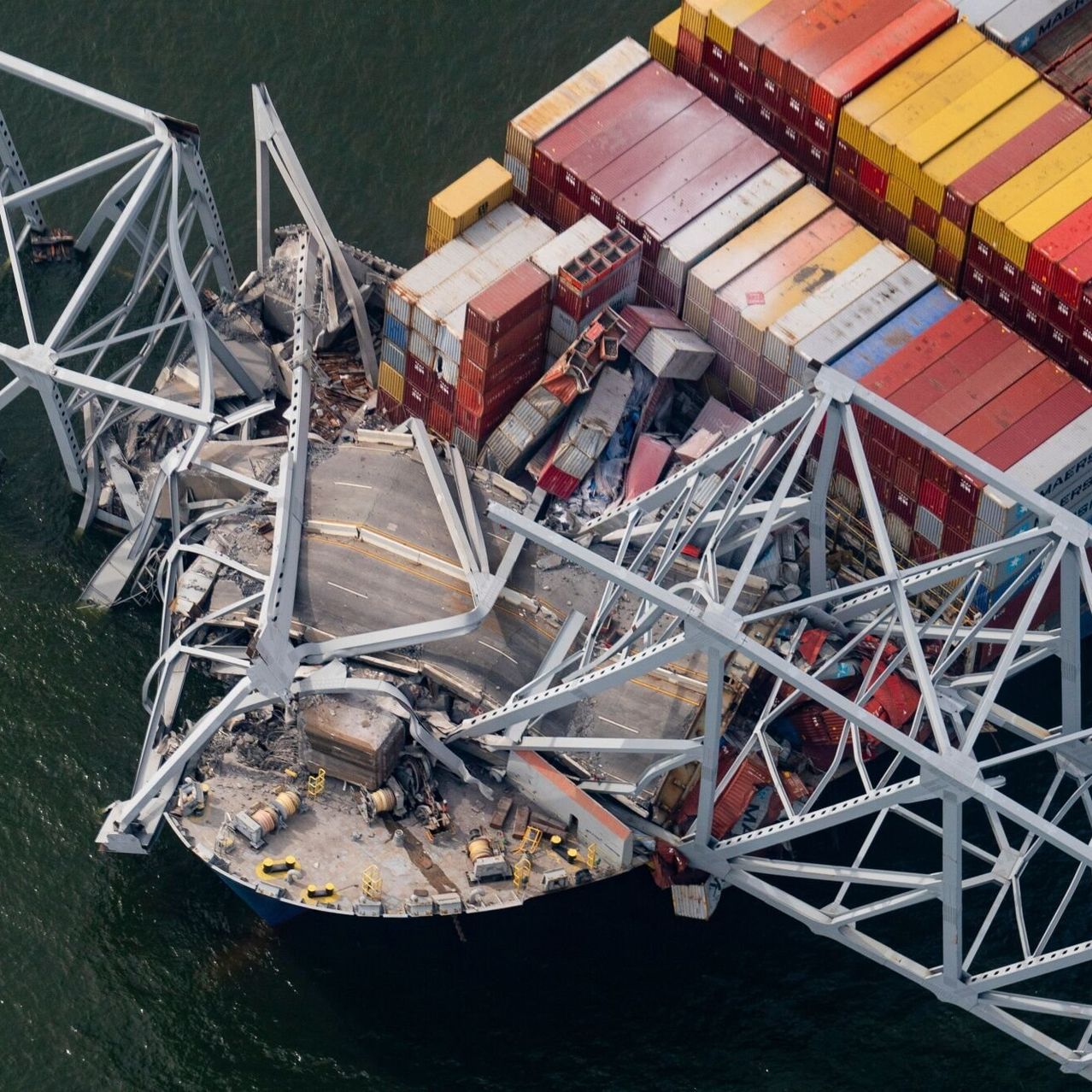
According to container shipping expert Lars Jensen, Baltimore is one of the smaller ports in the northeast US, processing just 265,000 containers in the fourth quarter of last year.
According to Mr. Jensen, the flow of cargo to Baltimore could likely be redirected to larger ports.
Liquified natural gas (LNG) exports were initially thought to be at risk, but the Cove Point LNG terminal on Chesapeake Bay, which normally exports roughly 500,000 metric tons of LNG per month to markets like the UK and the EU, insisted that the bridge collapse had not impacted its operations.
The US government will “move heaven and earth to reopen the port and rebuild the bridge as soon as humanly possible,” President Biden told reporters, but he also noted that the procedure would “take some time.”
In addition to harbor traffic, the Port of Baltimore directly oversees about 15,000 jobs and provides assistance for an additional 140,000.
The cargo that the Dali was carrying, Danish shipping behemoth Maersk, announced after the accident that it would be “omitting Baltimore from all our services for the foreseeable future.”